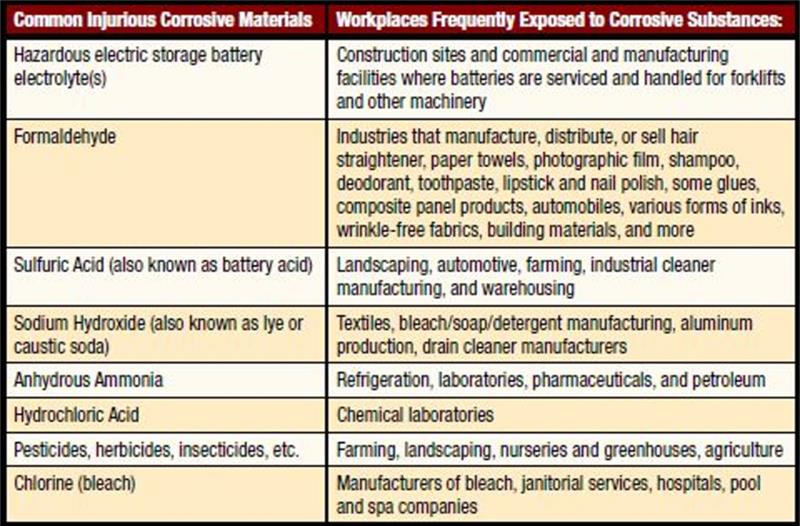Emergency equipment
The two essential types of emergency decontamination equipment are eyewash stations and drench showers.
Drench showers are much like the showers used in a domestic setting. They are designed to thoroughly drench the injured party with water, thereby sluicing off the injurious substance.
Eye wash stations, on the other hand, are designed to discharge water from a pair of spray nozzles directly into the user’s eyes in an effort to flush out as much of the chemical as possible.
About the regulations
Both drench showers and eyewash stations are regulated by ANSI Z358.1. The ANSI - or American National Standards Institute - was formed in 1918 to administer voluntary industrial standards. Today, its standards are used not only in the US, but across the globe, including in the United Kingdom.
The Z358.1 guidelines administer not only the way safety showers and eyewash stations are manufactured, but also how they are installed and operated - meaning that the business owner has an obligation to make sure that your equipment and protocols are compliant.
Not sure if your workplace requires emergency decontamination equipment? The table below shows a list of corrosive, injurious substances and the sorts of venues where they are commonly used:

Location
The most important part of ANSI Z358.1 for business owners is that which concerns where emergency showers and eyewash stations are installed. The regulations state that the user should never have to travel up stairs to reach decontamination equipment - it should be installed on the same floor as the hazard, no more than a ten second walk away.
The walking route that the user takes to the shower or eyewash station should be clear of obstructions, and the area surrounding the emergency equipment should be well lit.
Hot water
The Z358.1 regulations also state that the water provided by eyewash units and safety showers should be between 16° and 38°C. Installing a thermostatic mixing valve is the most effective way of ensuring that the water supplied is of the correct temperature.
Functional testing
Businesses also have a duty to ensure that their emergency equipment is regularly tested. According to the regulations, all emergency fixtures must be ‘activated weekly for a period long enough to verify operation and ensure that flushing fluid is available’.
Staff training
Finally, all staff should be regularly trained on the location and operation of safety equipment. Location training can include walking your employees along the route they would take to reach the equipment, which can be repeated with one employee wearing a blindfold to mimic the effects of eye injury.





